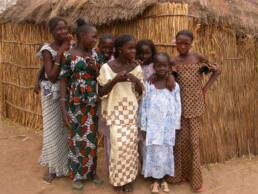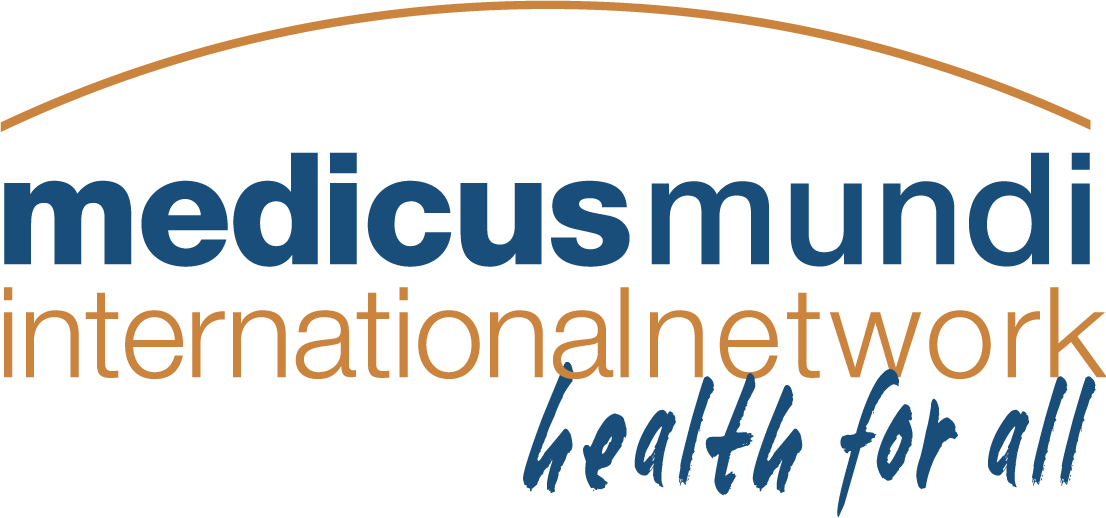
Medicus Mundi Spain | The death of a Somali girl in Galmudug State after she was subjected to genital mutilation caused the authorities in Sierra Leone (with one of the highest rates of cutting in the world) to ban FGM/C effective immediately in 2019. To date, it is the last country to join the fight against this brutal practice.
But much greater efforts are needed to end it. There are still 55 million girls under age 15 in 28 African countries who have undergone FGM/C or are at risk of doing so. Chad, Liberia, Mali, Somalia and Sudan do not even have laws against it. And those that do, are rarely enforced and/or fase little prosecution. The tragedy has occurred again in Egypt. This time the doctor will be prosecuted for the death of Nada Hassan, a 12-year-old girl who was mutilated in a private clinic. A practice that has been illegal in Egypt for twelve years and which, despite the law, tops the world ranking ahead of Ethiopia.
Situation in Europe
Europe has 180,000 child migrants from African countries or daughters of migrants at risk of FGM. The United Kingdom, with 65,000 potential and actual victims, is one of the European countries most at risk. They have had legislation against FGM since 1985, with only one case having been sentenced to date and a new one having just occurred: in Ireland a married couple was just been sentenced to five years in prison for mutilating their 21 months old daughter. There, 2,700 girls are at risk of being subjected to this practice.
The next highest number of potential victims is France, with 44,000 girls. Although the neighbouring country does not have a specific law against FGM, it records the highest number of convictions in these cases. Italy has 18,000 girls at risk and since the law was created in 2006, only one sentence has been handed down. Follow by Sweden which has 11,000 girls at risk, and sentences that have been handed down twice.
Spain and FGM: the effective fight against cutting began in Terrassa
Spain is a gateway for mainly French-speaking sub-Saharan emigrants, and to a lesser extent English-speaking ones (apart from their native languages). Therefore, Spain would initially be a transit area and its objective is to follow their movement towards France, the United Kingdom and/or Nordic countries. And this is a migration that can last a lifetime.
It is estimated, however, that Spain has 69,000 women and girls who are residents of countries where ablation is practiced. Of these, 18,500 are under 14 years old and potential victims. And a third are residents of Catalonia, where the first flows arrived and the first cases were seen in 1999. It was then when the town of Terrassa decided to establish from its City Council, with civil servants and own services, its commitment to the promotion of women with a methodology from prevention, detection and physical and psychological assistance.
Laws have accompanied this evolution. In 2005 with the Reform of the Judicionary Law, it is allowed the pursuit of crimes related to FGM outside our borders, such as terrorism or crimes against humanity. In 2008, the Catalan Law against Male Violence granted a procedure for police action. Thus today the Mossos d’Esquadra provide a group of attention to the victims. After a close collaboration with the State, in 2015 the national protocol against FGM was created.
This wide experience is allowing them to share their experiences with other areas of Castilla-La-Mancha, such as the Corredores de la Sagra in Toledo and del Henares in Guadalajara, and the province of Albacete. In a conference organized by the Simetrías Foundation on FGM, the challenges and achievements were shown with experiences in all areas: municipal, health, judicial, police and organizations working with migrants. These are the areas where the greatest volume of emigration from countries where ablation is practiced, such as Mali, Nigeria, Senegal, Cameroon and Guinea, is concentrated.
medicusmundi in Albacete
Our colleague Cheikhou Cissé from medicusmundi and president of ACAI shared insight from his experience linked to the African population in Albacete. His working methodology is to develop transversal actions linked to all actors from prevention, detection, awareness, health education, and monitoring. It is a “facilitator”.
“African women are the invisible part of sub-Saharan migration”, says Cheikhou. “They come for family reunification without work permits, without residence, without speaking the language and they lock themselves up at home. They stay in their villages, incommunicado. The only way is to empower them, and/or educate and convince their husbands to empower them. From the Spanish classes we offer them, they create a group and a more friendly environment. With time they will gain confidence and will talk more and more, ask questions and let go. It takes many months to create a climate of trust and openness. “As far as FGM is concerned, they may not even question the practice and it will be necessary to educate, explain, teach them and give them time to understand the whole process.
Cheikhou holds workshops and involves the whole family. During these workshops with the parents, they learn about the physical and psychological consequences of the mutilated girls and women. They also reflect on male and female roles, traditions and gender-based violence. They are taught what their rights are and what laws protect them.
Cheikhou has lived with them in many suffering situations from the confessions of the great pain of having sex, where the psychosomatic consequences make them relive that suffering, to the assistance of volunteers in childbirth, where they have witnessed the immense pain of giving birth after being mutilated. He does not want to give names so as not to betray the trust they have placed in him. After twelve years of working in the community in the Albacete area, he has managed to gain the trust of not only the women but also their husbands to let them attend the courses he gives and to gain the respect of the community, ultimately creating a close bond.
A delicate moment is when families travel to visit their relatives in their countries of origin. There, they sign a protocol in which they pledge not to mutilate their daughters. But the danger lies not so much with the parents, but with the close relatives. They take advantage of an oversight or their absence to practice it. That is why they demand that the documentation be written in a bilingual French-Spanish or English-Spanish version. This is how they can explain it to them. They make it clear to them that if they touch the girls, they will go to prison. Some girls stay.
The effort to eradicate them is a joint effort and we have to take it seriously because migration will increase. The number of climate refugees will increase and we must be prepared with legislation and reforms that protect physical integrity and give women equal rights in the labour market as well. By understanding their culture, respecting their customs, facilitating alternative outlets for circumcisers and involving the entire political, health, legal and police communities, we will achieve Sustainable Development Goal 5.3, “Eliminate all harmful practices, such as child, forced and early marriage and female genital mutilation”.
………………..
Author: Teresa Rosaria, Federation of Medicus Mundi Spain
Contribution to the Annual Report 2019 of the MMI Network
